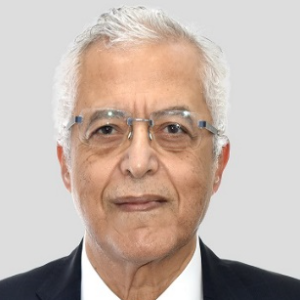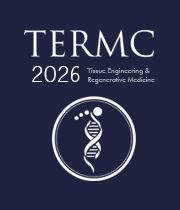Club Cells
Club Cell secretory protein (CCSP) stands out as a highly abundant constituent of the airway lining fluid, primarily secreted by club cells and, to a lesser extent, by serous and goblet cells in the proximal airways. Structurally, CCSP forms a small homodimeric protein with two 8-kDa subunits held together by disulfide links, creating a hydrophobic pocket capable of binding phosphatidylcholine and phosphatidylinositol. Originally thought to play a role in surfactant metabolism, CCSP has garnered attention for its potential immunoregulatory functions in the airways and alveoli. In vitro studies have revealed CCSP's ability to inhibit PMN chemotaxis and macrophage phagocytosis. The hydrophobic pocket allows CCSP to scavenge phospholipase A2, further curtailing PMN activation. Additionally, CCSP inhibits the production and bioactivity of IFN-γ. Murine models of CCSP deficiency have illuminated its in vivo significance, indicating its role in modulating inflammatory responses. CCSP-deficient animals displayed heightened inflammatory markers and decreased survival rates in hyperoxic lung injury and a more pronounced inflammatory response in adenoviral lung infection models. CCSP deficiency also intensified the Th2 cytokine response and increased IgA expression. Notably, CCSP levels in newborns correlate with gestational age, and altered CCSP expression is linked to conditions like bronchopulmonary dysplasia (BPD). CCSP's regulatory role in inflammatory activity within the lung suggests its importance in maintaining pulmonary homeostasis. While not traditionally considered a cytokine, CCSP exhibits receptor-mediated signaling, regulates other cytokines and immune cell function, and is modulated in a dose-dependent manner by relevant biological stimuli such as IFN and LPS.

Nagy Habib
Imperial College London, United Kingdom
Lucie Bacakova
Institute of Physiology of the Czech Academy of Sciences, Czech Republic



Title : AI-integrated high-throughput tissue-chip for space-based biomanufacturing applications
Kunal Mitra, Florida Tech, United States
Title : Stem cell technologies to integrate biodesign related tissue engineering within the frame of cell based regenerative medicine: towards the preventive therapeutic and rehabilitative resources and benefits
Sergey Suchkov, N.D. Zelinskii Institute for Organic Chemistry of the Russian Academy of Sciences, Russian Federation
Title : In vitro evaluation of lyophilized Dedifferentiated Fat cells (DFAT) impregnated artificial dermis
Kazutaka Soejima, Nihon University, School of Medicine, Japan
Title :
Nagy Habib, Imperial College London, United Kingdom
Title :
Alexander Seifalian, Nanotechnology & Regenerative Medicine Commercialisation Centre, United Kingdom
Title : The regenerative medicine of the future
Marco Polettini, DVM, Italy